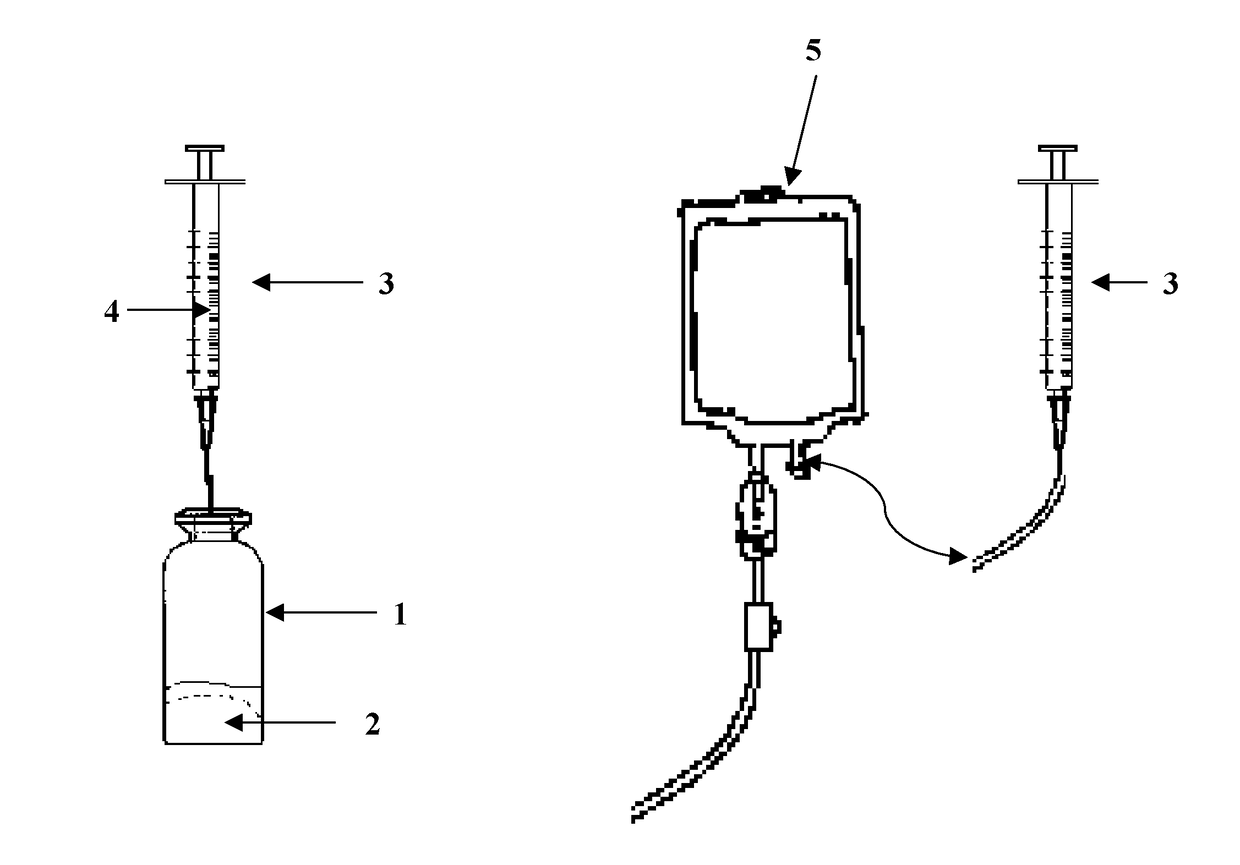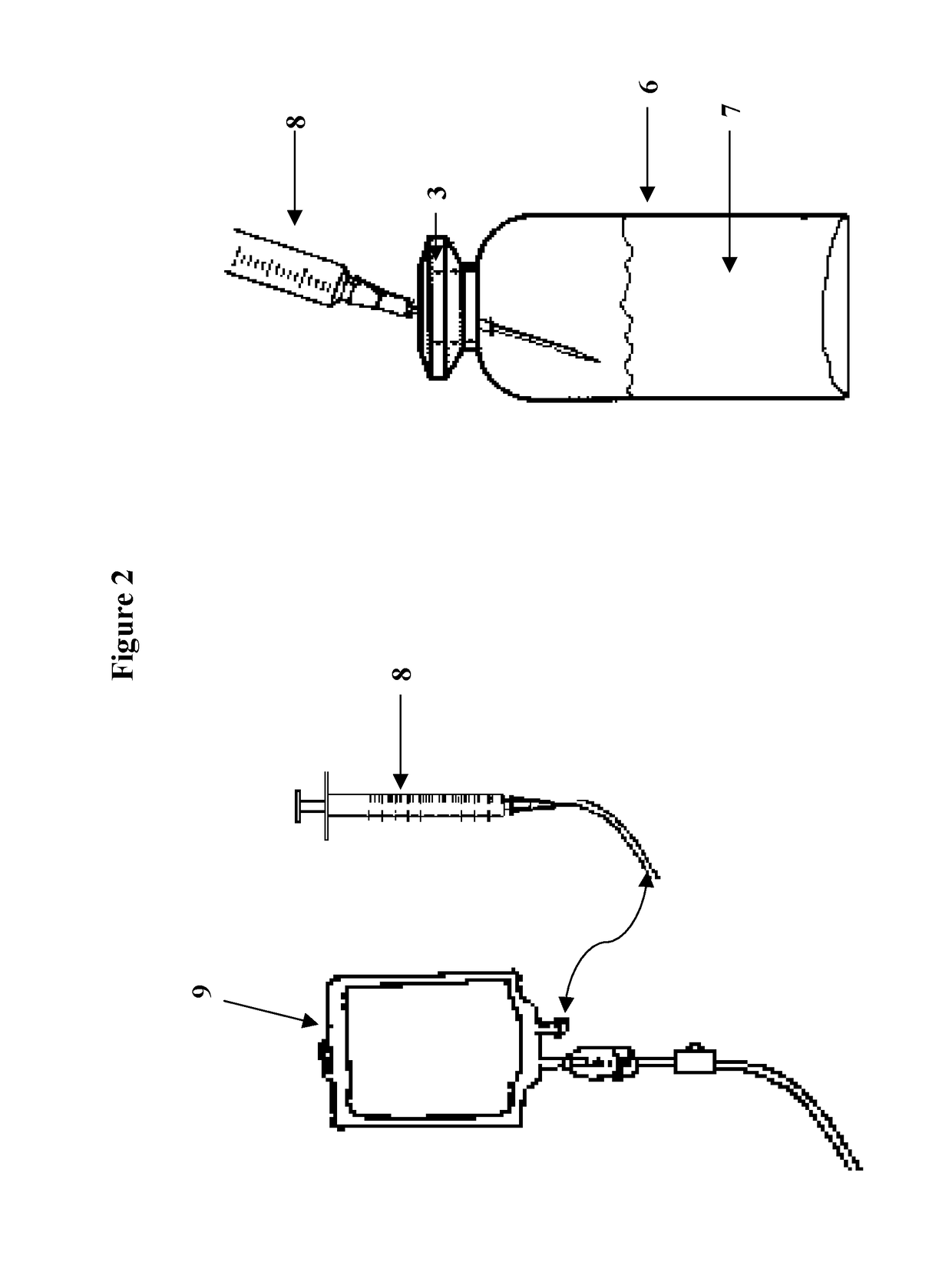Drug combinations for cerebrovascular disease
a cerebrovascular disease and drug combination technology, applied in the field of medicine, can solve the problems of tissue damage at the ischemic area, lack of oxygen normally supplied, death and disability, etc., and achieve the effects of reducing the seizure threshold, hyperpolarizing the cell, and lowering the heart ra
- Summary
- Abstract
- Description
- Claims
- Application Information
AI Technical Summary
Benefits of technology
Problems solved by technology
Method used
Image
Examples
example 1
Protective Effect of Combination Treatments of the Invention Against Ischemia / Hypoxia-Induced Neuronal Cell Death
Methods
Rat Neuronal Cortical Cell Preparation
[0134]Rat cortical neurons are cultured as described by Singer et al. (27). Briefly pregnant female rats of 15 days gestation are killed by cervical dislocation (Rats Wistar) and the fetuses are removed from the uterus. The cortex is removed and placed in ice-cold medium of Leibovitz (L15) containing 2% of Penicillin 10,000 U / ml and Streptomycin 10 mg / mL and 1% of bovine serum albumin (BSA). Cortices are dissociated by trypsin for 20 min at 37° C. (0.05%). The reaction is stopped by the addition of Dulbecco's modified Eagle's medium (DMEM) containing DNase 1 grade II and 10% of fetal calf serum (FCS). Cells are then mechanically dissociated by 3 serial passages through a 10 mL pipette and centrifuged at 515 g for 10 min at +4° C. The supernatant is discarded and the pellet of cells is resuspended in a defined culture medium con...
example 2
Protective Effect of Combination Treatments of the Invention Against Glutamate Toxicity
[0141]Glutamate toxicity is often described in the literature as being a part of the ischemic cascade that leads to neuronal cell death. Combination therapies have been tested for their protective effect against glutamate toxicity in vitro.
Methods
[0142]Rat neuronal cortical cells are prepared as in Example 1 section.
Glutamate Toxicity Assays
[0143]The neuroprotective effect of compounds is assessed by quantification of the neurite network (Neurofilament immunohistochemistry (NF)) which specifically reveals the glutamatergic neurons.
[0144]After 12 days of neuron culture, drugs of the candidate combinations are dissolved in culture medium (+0.1% DMSO). Candidate combinations are then pre-incubated with neurons for 1 hour before the glutamate injury. One hour after incubation, glutamate is added for 20 min, to a final concentration of 40 microM (or use the notation μM), in the presence of candidate co...
example 3
[0151]A pressurized sterile glass vial containing the following active pharmaceutical ingredients (API) in lyophilized / dry powder form for intravenous reconstitution.
Valproate 500 mg
Ketamine 400 mg
Tacrolimus 10 mg
Clevidipine 5 mg
Joro Spider Toxin 1 mcg
[0152]A diluent (normal saline) would be used to dissolve the API in a volume of approximately 10 mL. The dissolved API would then be added to a larger IV bag containing 500-1000 mL of normal saline or other IV fluid.
Shelf life of dry powder API prior to reconstitution: 12-24 months at room temperature
PUM
| Property | Measurement | Unit |
|---|---|---|
| Time | aaaaa | aaaaa |
| Time | aaaaa | aaaaa |
| Cell death | aaaaa | aaaaa |
Abstract
Description
Claims
Application Information
 Login to View More
Login to View More - R&D
- Intellectual Property
- Life Sciences
- Materials
- Tech Scout
- Unparalleled Data Quality
- Higher Quality Content
- 60% Fewer Hallucinations
Browse by: Latest US Patents, China's latest patents, Technical Efficacy Thesaurus, Application Domain, Technology Topic, Popular Technical Reports.
© 2025 PatSnap. All rights reserved.Legal|Privacy policy|Modern Slavery Act Transparency Statement|Sitemap|About US| Contact US: help@patsnap.com



